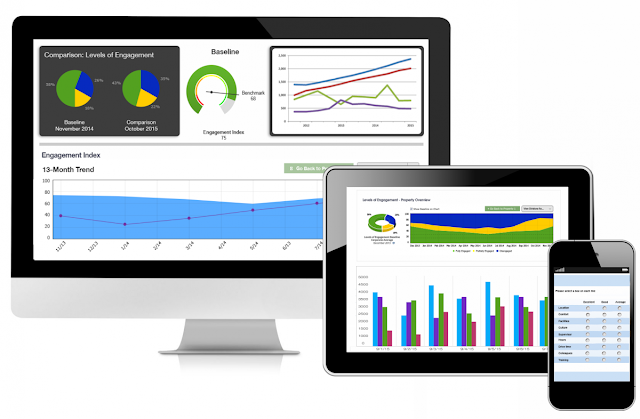Improving Employee Engagement with FACTS

Listen to the article. "The right to be heard does not automatically include the right to be taken seriously." — Hubert Humphrey 😃😃 Jokes apart, continuous employee listening is gaining momentum due to the developments in the preceding three years. It is also an integral part of the people analytics function. We implement it for devising compelling employee experience. Like other initiatives, we took a leaf out of the marketing book and initiated a continuous employee listening strategy to enhance the employee engagement. The direct upshot of continuously receiving employee feedback is gaining instantaneous actionable insights to improve employee experience and engagement. While also facilitating lower turnover and enhancing productivity and performance. According to a Bain & Company survey, 80% of organizations are optimistic about utilizing employee engagement systems in 2023. Active listening and passive listening are the rudimentary components of continuous


